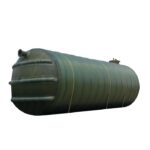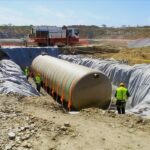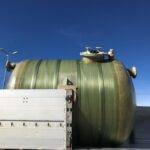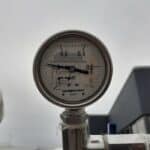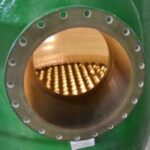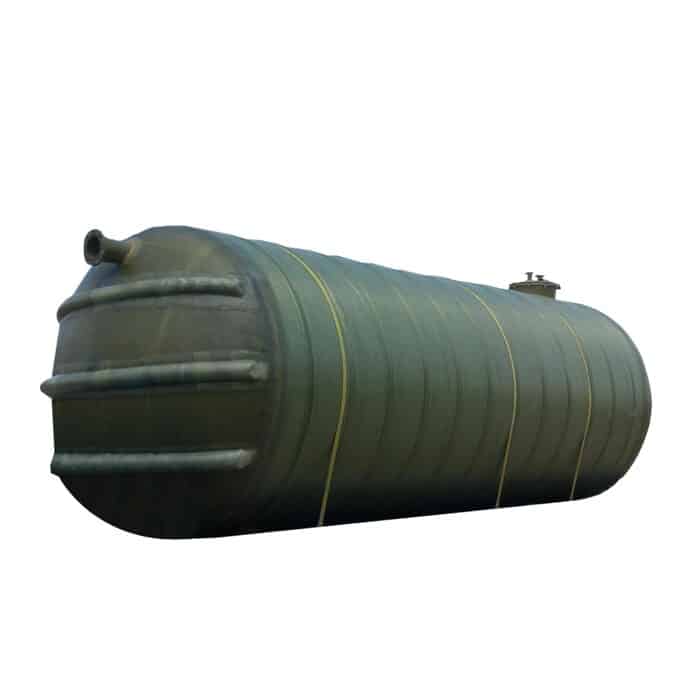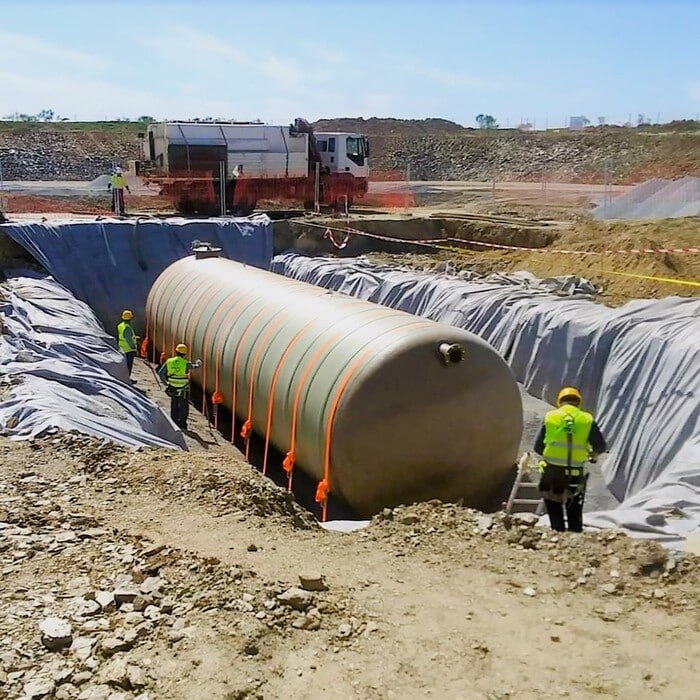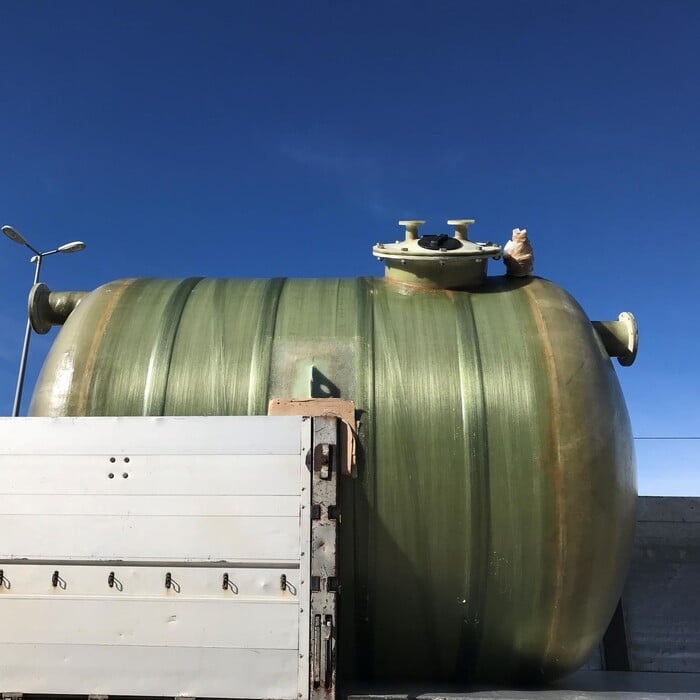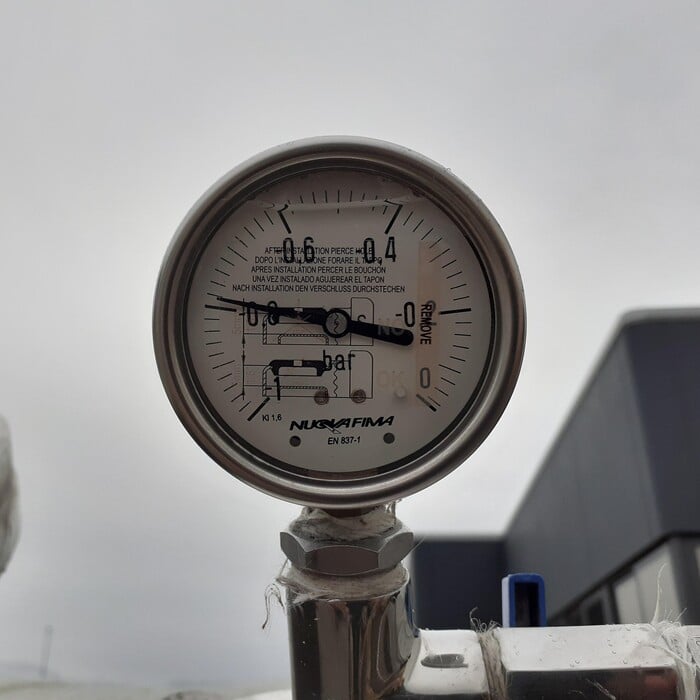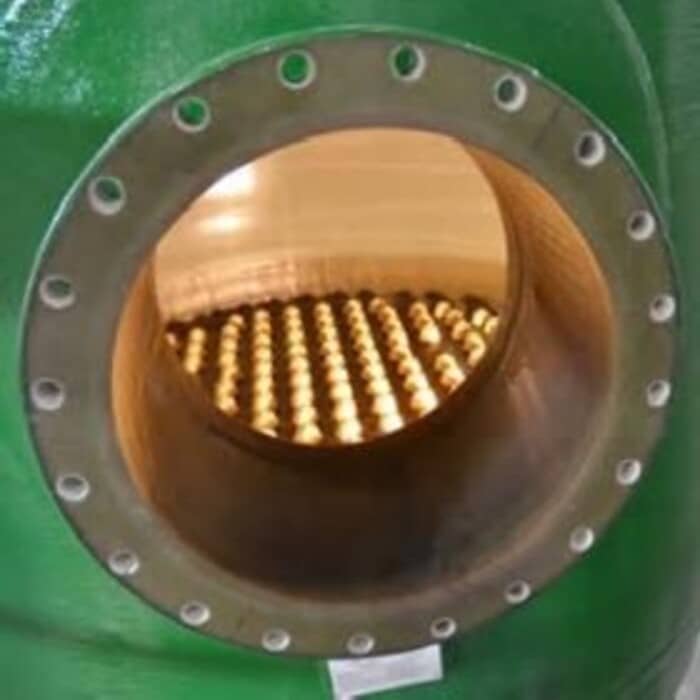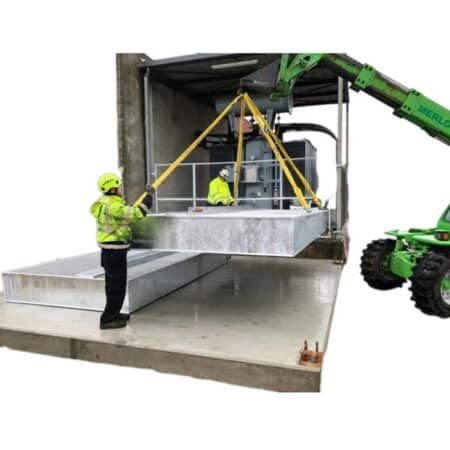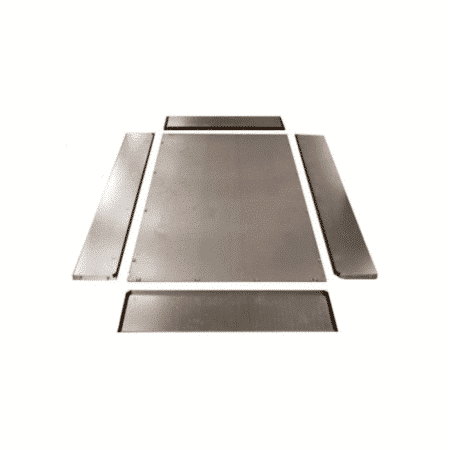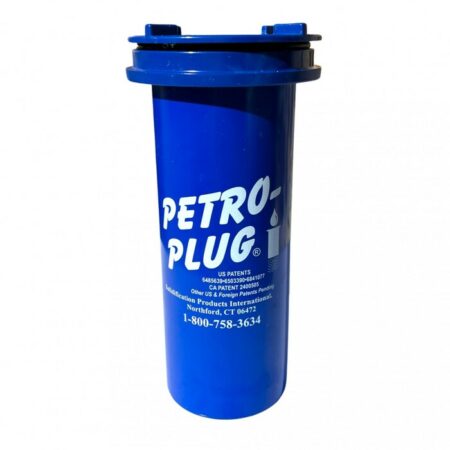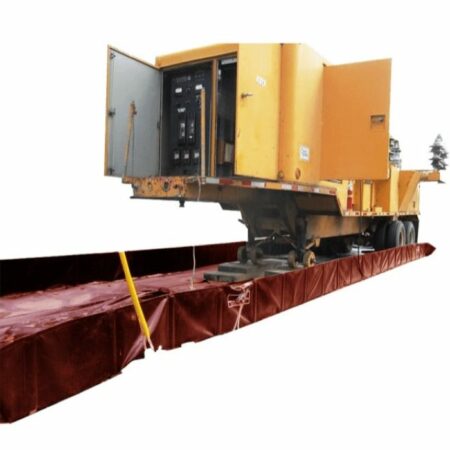DEPOSIT®-MV Mono-volume prefabricated subterranean pit for transformer
0,00 €
Prefabricated subterranean pit for immersed transformers above 40 MVA
The DEPOSIT®-MV range comprises several references of prefabricated remote pits for your immersed transformers, which above 40 MVA must be equipped with a recovery tank connected to a separate storage tank. The pits in the DEPOSIT range from SANERGRID® can replace traditional concrete pits, which are very difficult to design and maintain over time.
Description
Description
Above 40 MVA, the immersed electrical transformer must be equipped with a recovery tank with a capacity of at least 20% of the quantity of dielectric contained in the transformer, usually fitted with an EXTICOV™ or LHD® type extinguishing cover to guarantee rapid and natural extinguishing of the liquid dielectric if the oils remain trapped in it. This recovery tank must be connected to a separate storage tank, commonly known as a “remote tank”, with a capacity at least equal to that of the transformer with the highest capacity, when it is shared by several transformers.
Description of the DEPOSIT-MV standard range:
- Double-walled in reinforced fibreglass: robust, reliable, and corrosion-resistant.
- Pressure gauge to detect any leaks or loss of watertightness. If one of the walls ruptures, the pressure drop between the two thicknesses allows the problem to be identified from the surface.
- Connections to the network are made using either nozzles (concrete, steel-cement), flanges or sleeves. Other types of connection can be studied according to your needs. The size of these connections and their diameter can be adapted on request to enable you to handle any flow of water.
- Standard pits are available in single volumes from 10 to 80 m3.
Each DEPOSIT® MV pit comes with the following standard accessories:
- 1 inlet flange and 1 outlet flange DN200
- 1 inspection trap DN600
- 1 inspection hole DN140
- 2 liftings rings for easy installation
- 2 spare flanges DN50
- 1 DN50 flange and pressure gauge kit
- 1 nameplate
- 2 connection flanges DN200
How the DEPOSIT-MV range works:
The DEPOSIT®-MV is permanently “reinforced” by a water depth of around 200 mm. During bad weather, the rainwater retained by the collection tray installed under the transformer flows into the remote pit. When the volume of water collected exceeds the useful height of the siphon, the excess water discharged into the pit is evacuated through the T-shaped siphon.
In the event of an incident:
This operating mode is initiated in the event of a low-flow oil spill from the transformer. The drops of oil flow into the DEPOSIT® pit. Because of their respective densities, the water and oil form two distinct phases: the water forms the lower phase, which is evacuated via the siphon, and the oil forms the upper phase, which is retained in the pit.
Emergency operation:
Emergency operation describes a situation such as an explosion or severe damage to the transformer, resulting in a high-flow, flammable oil spill. The tank is designed to hold 100% of the transformer’s oil volume. In the event of the fire brigade intervening or the extinguishing system being triggered, the DEPOSIT-MV tank is designed to evacuate the overflow of extinguishing water through the T-submerged system, minimising the risk of oil spillage.
Accessories and options
The DEPOSIT®-MV range is made up of a series of remote retention pits, depending on the required retention volume. Please contact us with your transformer dimensions.
On request, we can supply and integrate:
- An extra inspection hole,
- A second inspection hatch,
- A ladder and its mounting bracket,
- A level gauge,
- Level sensors.
The DESPOSIT® range is also available in 2 other standard configurations:
- Single-chamber remote tank for storing emergency fire-fighting water (Deluge Water): DEPOSIT-DW range
- Triple-chamber remote tank (Tri Volume): DEPOSIT-TV range
Technical data
Additional information
| Material | Glass fibre |
|---|---|
| Conditions of use | outside |
Use and maintenance
Before installing the pit:
Dig an excavation 1000 mm longer and wider than the pit. Check that the bottom of the excavation remains level and free of steps or punching.
Installing the pit:
Low water level installation
Construct a reinforced concrete slab, suited to the weight of the pit it will support. Make sure that the concrete slab remains level, with no stones, steps or sharp edges. The pit must be unloaded using suitable handling equipment and placed on the slab. Then gradually fill the sides of the pit with gravel in 300mm layers, compacting progressively, and repeat the operation all the way to the top of the pit.
Installation at high groundwater level
A cistern is installed in a pit where the water table is above the support generatrix of the cistern, by creating a sarcophagus in lean concrete. The pit must be dry and free of water throughout the installation process, until the lean concrete has set. Fill the tank with water and fill the pit with lean concrete around its entire perimeter up to the top generatrix of the tank, leaving a height of approximately 200 mm between the water level and the level of the lean concrete. This stage must be carried out over two days, the 1st day to reach 30% of the height of the tank. And on the 2nd day, once the concrete from the first day has set, to reach up to 80% of the height of the tank. Once the concrete used for burial has set, the remaining ballast loads will be placed on the upper part, until X Tn is reached.
Maintenance:
DEPOSIT® pits require simple maintenance and inspection operations at regular intervals:
- After every storm, heavy rainfall or flooding of the transformer (sprinkler system), check that there are no obstacles blocking the various pipes.
- Use the pressure gauge to check quarterly that there are no leaks or watertightness problems in the double wall.
- Every 5 years, check that the tank is in good condition by a visual inspection inside the pit.
Refer to the user manual for further details.
The owner of the equipment is responsible for and liable for any failure to comply with good usage practices and for any failure to deal with anomalies and defects in the field.
Additional information
Storage facilities for high-voltage substations in contact with polluting products must comply with the standards and laws in force.
At the end of the manufacturing process, watertightness is tested in the factory by applying negative pressure to the double wall of each DEPOSIT® pit to create a vacuum and measure any leakage: this air test method is much more reliable than a watertightness test.
All our pits are designed according to industry standards and manufactured to ISO 9001 standards to guarantee a high level of reliability and quality.
Buildings standard:
- NF EN-13121: GRP tanks and containers for above-ground applications
- NF-EN 976-1: Underground glass reinforced plastic (GRP) tanks – Horizontal cylindrical tanks for the unpressurised storage of liquid petroleum fuels or combustibles.
- NI 50-20-04(4-0): Glass-reinforced composite buried emergency receivers. This standard establishes a technical reference imposed by IBERDROLA for the minimum technical characteristics and tests to be carried out on emergency receivers in the DEPOSIT®
Test standards:
Our DEPOSIT® pits are tested by an independent laboratory (AIMPLAS) to verify:
- Chemical resistance of the walls in compliance with NF-EN 976-1: the high chemical resistance of the pit with the dielectric is ensured by the application of a vinyl-ester epoxy resin to the inner walls, guaranteeing both longevity and watertightness for 40 years.
- Flexural properties in accordance with NF-EN ISO 14125: the mechanical strength of all pit components is enhanced by the application of an Iso-phthalic resin. A DEPOSIT® pit installed and anchored in accordance with the manufacturer’s recommendations can therefore withstand heavy surface loads.
- Thermal deflection temperature in accordance with UNE-EN ISO 75-30: DEPOSIT® retained all its physical, mechanical and watertightness characteristics after 2 successive tests to recover maximum volume, for 24 hours and with oil at 150°C.
